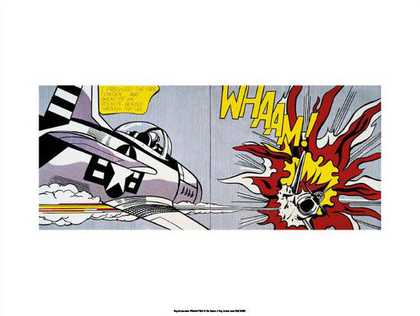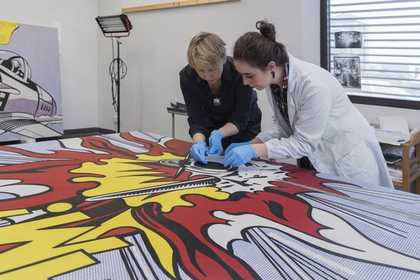
Cultural heritage is a crucial societal and economic resource: it improves wellbeing, encourages inclusivity and job creation, and promotes resilience of our society against the emerging issues of the twenty-first century, economic crisis and social alienation.
To safeguard this, our cultural heritage assets, such as artworks, need to be maintained, well preserved and accessible, counteracting degradation processes that are often enhanced by unfavourable environmental conditions and climate change.
Project aims
GREENART is an international, multidisciplinary partnership of twenty-nine collaborating institutions. Its main objective is to produce safe, appropriate and effective solutions for the remedial and preventive conservation of cultural heritage, based on environmentally friendly and low-impact materials made from renewable natural sources or recycled waste.
One of the key aims of the project is to make the research, novel materials and knowledge developed in GREENART accessible to the scientific and art conservation communities, industry and civil society through the involvement of citizens and cultural partners.
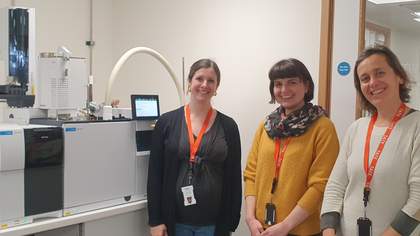
From left to right: Dr Judith Lee (Conservation Scientist), Dr Morana Novak (GREENART project scientist) and Dr Donatella Banti (contractor Conservation Scientist) standing in front of the new Pyrolysis Gas Chromatography-Mass Spectrometry (pyGCMS) instrument in our newly refurbished polymer analysis lab
GREENART at Tate
As part of this three-year project, Tate led on Work Package 2, Task 2.3 ‘Assessment of green cleaning fluids and green gels’ in which lead-user partners (such as conservators, curators, museums and cultural institutions) assessed the green solutions produced through GREENART. We are providing a practical evaluation of the feasibility, applicability, safety, time- and cost-effectiveness of the new solutions as applied to the conservation of artworks. We have tested these green solutions on representative mock-ups and test pieces using established, rigorous and ethical research methodologies within professional ethical frameworks.
Professional conservators, heritage scientists and museum curators co-operate with the materials’ developers to refine the materials and to select the best performing systems. These systems are only used on artworks if and when they are deemed safe, ethical and appropriate to the specific case studies chosen.
Tate has focused on the rigorous comparative evaluation of established and novel cleaning systems for the removal of unwanted soiling from painted surfaces to deliver assessment and application of the most promising cleaning systems to mock-ups designed around Tate’s chosen artwork(s) and, when appropriate, to the works themselves.
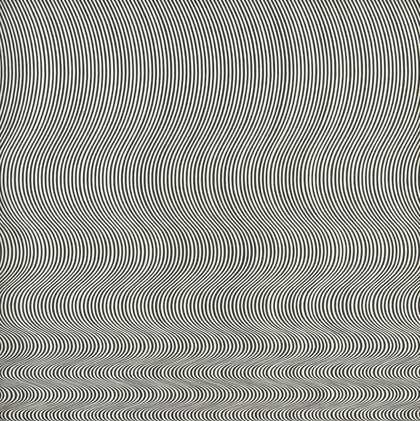
Bridget Riley
Fall (1963)
Tate
The GREENART team began by focusing on Fall 1963 (Tate T00616), a key work by internationally renowned British artist Bridget Riley (b.1931). This iconic painting featured in the popular 1960s-oriented technical art history publication The Impact of Modern Paints (2000). It represents an understudied type of modern paint – polyvinyl acetate – that can be sensitive to water and other cleaning systems during conservation treatment, and the surfaces of which can be prone to subtle but significant change with time. This type of paint demands due care, attention and a deep technical understanding of the risks down to a microscopic level, prior to and during conservation treatment, which is best explored and resolved through collaborative research.
Treatment
The team embarked on a rigorous process of making mock-ups based on a thorough scientific and technical analysis of Fall, which were then artificially aged and soiled in readiness for extensive cleaning evaluations. Investigation included exploring risks associated with cleaning PVAc paints, optimising all aspects of the cleaning treatment and to learn about and devise how to work with the new GREENART gel materials.
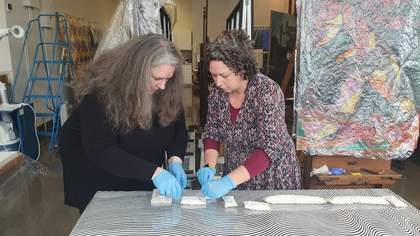
From left to right: Annette King (Lead Painting Conservator, 2024-5) and Katey Twitchett-Young (Support Painting Conservator, 2024-5), cleaning Bridget Riley’s Fall 1963 in the Tate Conservation Studio.
After many months of evaluation and assessment, the team arrived at a system using the new GREENART PVA-SU2 hydrogels. These were uploaded with an aqueous based solution with small amounts of surfactant and chelating agent to help boost the cleaning action, making the cleaning treatment effective and even. The pH of the water was also controlled to minimise any paint swelling during the two-minute contact period, and the cleaned areas were then cleared with the same gel containing water alone to remove any materials remaining on the painting surface. Following this extensive preparation process, the cleaning treatment went smoothly in March 2025, taking around twelve days to complete. After treatment, the painting is brighter, the white paint areas are less yellow in tone and the contrast between the black and white paints lines is enhanced; all of which contributes to the ongoing visual impact of this extraordinary work.
From 21 July 2025 – 7 June 2026, Fall is featured in a new display of Bridget Riley works at Tate Britain highlighting the sensory experience of sight.
In 2025 the GREENART project team began the rigorous assessment and development of a cleaning methodology of a second Bridget Riley painting, Hesitate 1964 (Tate T04132).
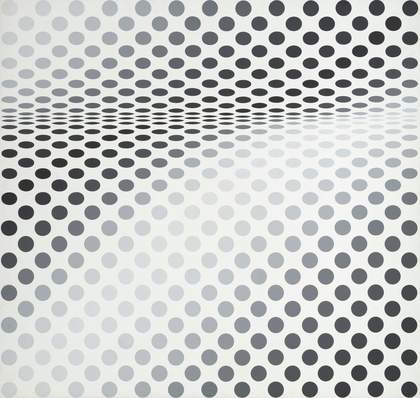
Bridget Riley
Hesitate (1964)
Tate
In 1964 Riley introduced variations in tone into her work, composing a series of paintings, including Hesitate, from a full palette of grey. The painting features even rows of circular and elliptical shapes. This combination of shifting tone and changing shapes gives the viewer the impression of motion in the painting, as if two horizontal abutting cylinders are receding into the painting, or as if a wave is oscillating across its surface. It is one of a group of six black and white paintings made with emulsion on a hardboard, each with titles similarly implying emotional tension including Disturbance, Chill, Loss, Where and Pause. Riley described Pause (in a conversation recorded 11 April 1986) with its vertical fold as associated with the human figure, and Hesitate in contrast as a landscape. Acquired by Tate in 1985, it is a painting that is constantly in demand for display. As with Fall, Hesitate has a similar complexity of water sensitivity and a surface of polyvinyl acetate (PVAc) vulnerable to gloss changes with established methods for cleaning.
GREENART builds on the success of previous impactful collaborative projects at Tate, such as NANORESTART, which facilitated, for the first time, the successful, low risk conservation treatment of Roy Lichtenstein’s Whaam! (Tate T00897) and Eve Hesse’s Addendum (Tate T02394). Tate embraces a state-of-the-art research methodology and is well known for its pioneering research into the appropriate and low-risk conservation treatment of iconic artworks where the aim is to recover the essence of original paint surfaces through the considered removal of unwanted material such as deposited soiling, scuffs and other cumulative marks. This project has utilised Tate’s Conservation Science laboratories and equipment funded through two grants from the AHRC’s Capability for Collections Fund in 2021 and a grant from the Research Infrastructure for Conservation and Heritage Science programme in 2024. GREENART’s legacy will contribute to Tate’s ongoing work to reduce our carbon footprint and protect the environment. Read more about our sustainability initiatives here.
Dissemination and outputs
Events
On 20 May 2025 the GREENART Project hosted a public training event at Tate Britain, London, gathering scientists, conservators, museum professionals and students to explore the project’s latest advancements in sustainable materials and techniques for cultural heritage conservation.The day featured four engaging sessions, two lecture-based and two practical demonstrations, chaired by renowned experts including Jane McCree (Tate), Julia Nagle (UK), Bronwyn Ormsby (Tate) and Antonio Mirabile (France). Participants heard from leading voices in the field, including Piero Baglioni (University of Florence), Camilla H.M. Camargos, Chiara Biribicchi, Soraya Alcalá, Penelope Banou and many others, as they presented innovative hydrogels, nanofluids and green solvents developed through GREENART’s research. Afternoon demonstration sessions provided hands-on insights into the real-world application of these tools, showcasing case studies such as the cleaning of Bridget Riley’s paintings, historical prints and mock-ups using GREENART materials. The training reinforced GREENART’s mission: to transform conservation science through eco-safe, high-performance materials that respect both heritage and the environment. The Project Lead has also presented findings in the Paris training event April 2025, the Green Cluster for Science and Conservation Research symposium in Vilnius 2024, and the Green Cluster Summer School on Diagnosis in Heritage Science, Pisa 2025. Explore the programme here.
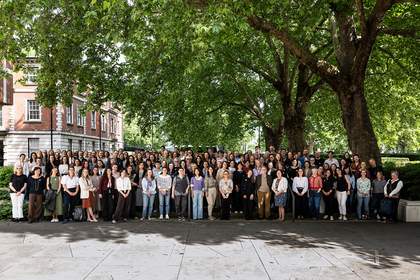
Participants of the GREENART public training event at Tate Britain, London, in May 2025.
Photo © Kathleen Arundel
Media
The project team featured in UKRI’s short film Sustainable Heritage Conservation: The Power of Global Collaboration (2024), which discussed the impact of funding and the global partnership.
The project was also mentioned in two newsletters published by the Art Media Agency: Antonio Mirabile, ‘Diving into Green Cleaning at Tate’, Art Media Agency, no.357, 2024; ‘GREENART at Tate: Surface Cleaning Bridget Riley’s “Fall”’, Art Media Agency, no.371, 2025.
Publications
Morana Novak and Bronwyn Ormsby, ‘Poly(Vinyl Acetate) Paints: A Literature Review of Material Properties, Ageing Characteristics, and Conservation Challenges’, Polymers, vol.15, no.22, November 2023.
Morana Novak and Bronwyn Ormsby, ‘Chemical characterisation of selected poly(vinyl acetate) artists’ paints using a multi-analytical approach’, Journal of Analytical and Applied Pyrolysis, vol.192, November 2025.
Partners
The GREENART partnership brings together expertise in hard and soft sciences and engineering, including academic centres, innovative industries and small-medium enterprises (SMEs), conservation institutions and professionals, museums whose collections hold key works of art in need of conservation, as well as public entities and policy makers. GREENART is coordinated by Center for Colloid and Surface Science (CSGI). A full list of Project Partners can be found here. Tate’s contribution is led by Principal Investigator Dr Bronwyn Ormsby (Principal Conservation Scientist) with support from team members: Greenart Conservation Science Researcher Morana Novak; Lead Painting Conservator (2024) Anna Cooper; Lead Painting Conservator (2024-5) Annette King; and Support Painting Conservator (2024-5) Katey Twitchett-Young; in close collaboration with colleagues in Conservation, Curatorial and Tate Research. Tate is especially grateful to Phil Young from the Bridget Riley Art Foundation for co-operation and participation as an external advisor, alongside Julia Nagle, Julia Nagle Conservation.
Funder
GREENART is funded by the European Commission for Horizon Europe (grant no 101060941). As a UK participant, Tate is funded by UK Research and Innovation (UKRI) under the UK government’s Horizon Europe funding guarantee grant number 10039224 as part of the Horizon Europe HORIZON-CL2-2021-HERITAGE-01 under grant agreement number 101060941.
Additional conservation work on Hesitate was generously funded by the Bridget Riley Art Foundation.


